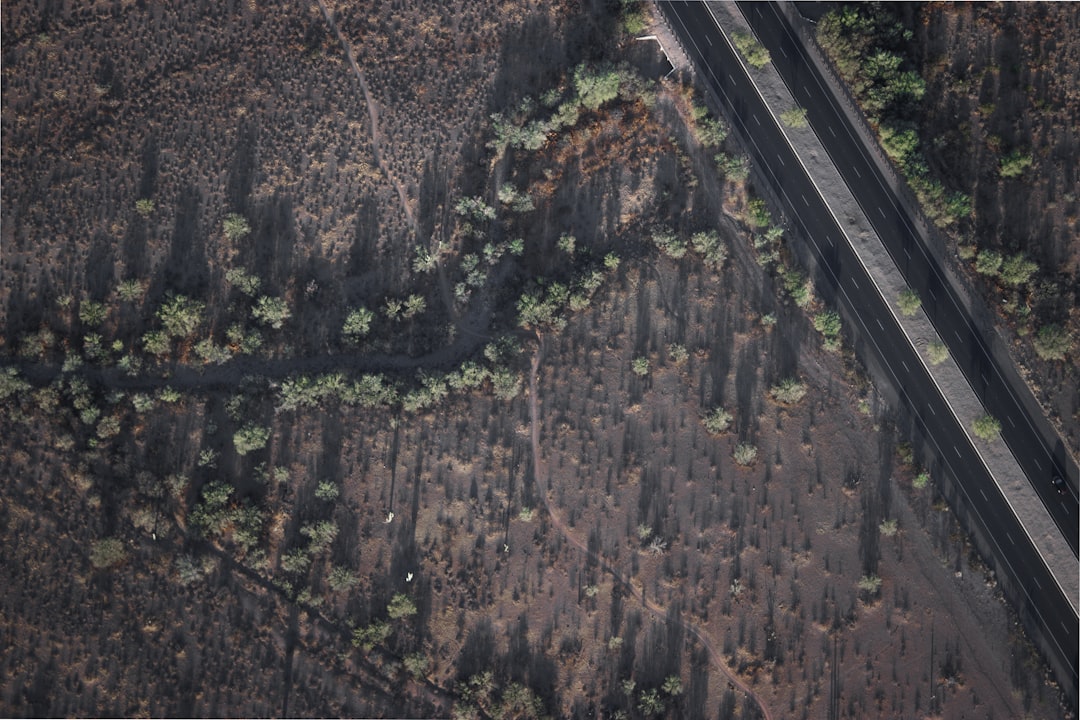Unleash Your Green Thumb: A Beginner's Guide to Gardening

Embarking on the journey of gardening can be an incredibly rewarding experience. It not only allows you to connect with nature but also provides you with fresh produce and a beautiful outdoor space. This step - by - step guide is designed to help beginners start their very own garden with ease.
Choosing What to Plant
The first decision you'll need to make is what to plant in your garden. Consider your climate and the amount of sunlight your garden receives. For instance, if you live in a region with long, hot summers, heat - loving plants like tomatoes, peppers, and cucumbers are great choices. On the other hand, if you have a cooler climate, you might opt for lettuce, spinach, and kale.
Think about your personal preferences as well. Do you enjoy cooking with fresh herbs? Basil, thyme, and rosemary can be easily grown in a small corner of your garden. If you have a sweet tooth, strawberries or blueberries could be a delicious addition.
Prepping the Soil
Healthy soil is the foundation of a successful garden. Start by testing your soil. You can purchase a soil testing kit at your local garden center. The test will tell you the pH level of your soil and the amount of nutrients it contains.
If your soil is too acidic, you can add lime to raise the pH. If it's too alkaline, sulfur can be used to lower it. Adding organic matter such as compost, manure, or leaf mold is also essential. Organic matter improves soil structure, retains moisture, and provides nutrients for your plants.
Use a tiller or a garden fork to loosen the soil to a depth of at least 8 - 10 inches. Remove any rocks, roots, or weeds from the area. This will give your plants plenty of room to grow and prevent competition for nutrients.
Starting Seeds Indoors
Many plants can be started from seeds indoors before the last frost date. This gives them a head start and allows you to have more control over their early growth. You'll need seed trays, potting soil, and a warm, sunny location.
Fill the seed trays with potting soil and plant the seeds according to the instructions on the seed packet. Keep the soil moist but not waterlogged. Once the seedlings have developed their first true leaves, you can transplant them into larger containers or directly into the garden.
Planting in the Garden
When the weather is right and the soil has warmed up, it's time to plant your seedlings or purchased plants in the garden. Dig a hole that is slightly larger than the root ball of the plant. Gently remove the plant from its container and place it in the hole. Fill in the hole with soil and press it down firmly around the base of the plant.
Space your plants according to their mature size. This will prevent overcrowding and ensure good air circulation, which helps prevent diseases.
Watering Your Garden
Proper watering is crucial for the health of your plants. Water deeply and infrequently rather than giving your plants a light sprinkle every day. This encourages the roots to grow deeper into the soil, making the plants more drought - tolerant.
Use a soaker hose or a drip irrigation system to water at the base of the plants. This reduces water waste and helps prevent the spread of diseases by keeping the foliage dry.
Fertilizing Your Garden
Plants need nutrients to grow and thrive. You can use organic fertilizers such as compost tea, fish emulsion, or bone meal. Follow the instructions on the fertilizer package for the correct application rate.
Apply fertilizer at the beginning of the growing season and then again every few weeks throughout the season. However, be careful not to over - fertilize, as this can lead to excessive foliage growth and poor fruit or flower production.
Weeding Your Garden
Weeds compete with your plants for nutrients, water, and sunlight. Regularly pull weeds by hand or use a hoe to remove them. Mulching your garden can also help suppress weeds. Apply a layer of mulch such as straw, wood chips, or shredded leaves around your plants. This not only keeps the weeds down but also helps retain soil moisture.
Pest and Disease Control
Keep an eye out for pests and diseases in your garden. Common pests include aphids, slugs, and caterpillars. You can use natural pest control methods such as introducing beneficial insects like ladybugs or using insecticidal soaps.
For diseases, practice good garden hygiene. Remove any diseased plants or leaves immediately and dispose of them properly. Avoid overhead watering, as this can spread fungal diseases.
Harvesting Your Garden
One of the most exciting parts of gardening is harvesting your crops. Each plant has its own ideal time for harvesting. For example, tomatoes are ready to be picked when they are fully colored and slightly soft to the touch. Lettuce can be harvested as soon as the leaves are large enough to eat.
Use sharp pruning shears or scissors to harvest your crops. This ensures a clean cut and reduces damage to the plant.
By following these steps, you'll be well on your way to creating a beautiful and productive garden. Remember, gardening is a learning process, and it takes time and patience. Don't be afraid to make mistakes, as each one is an opportunity to learn and improve your gardening skills.